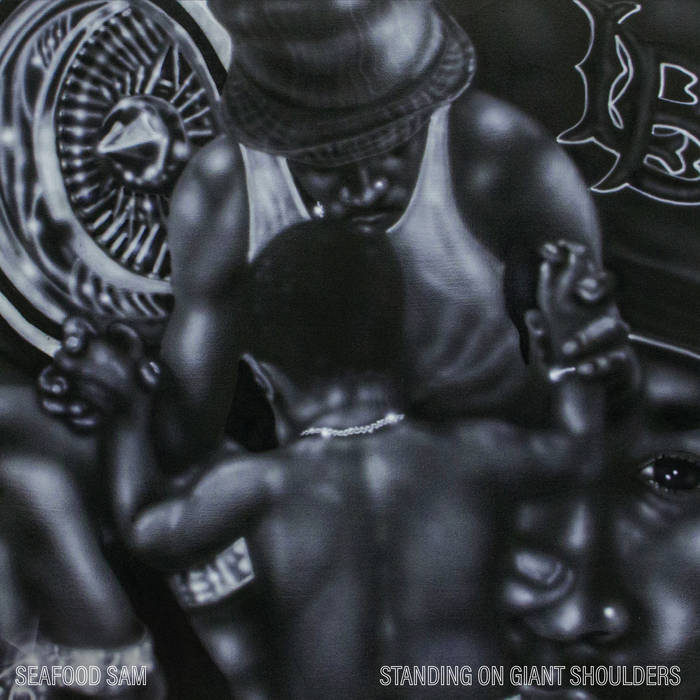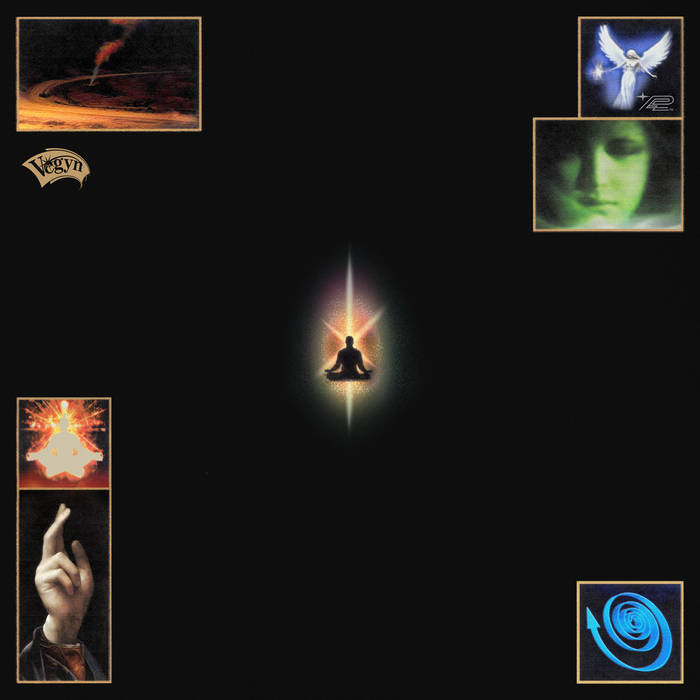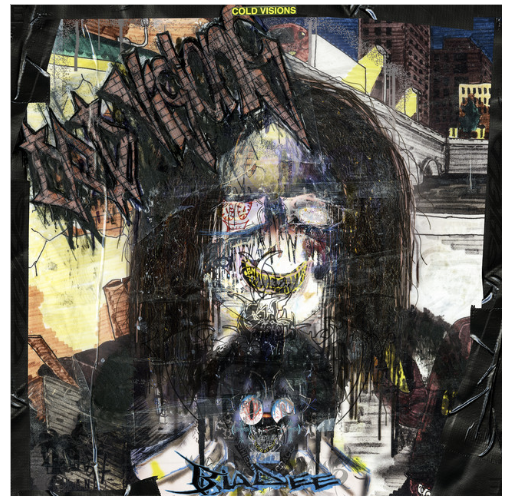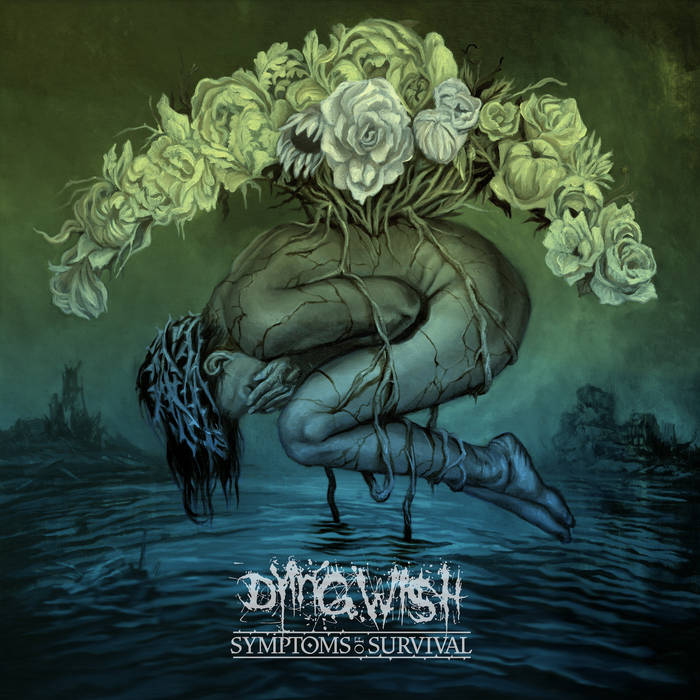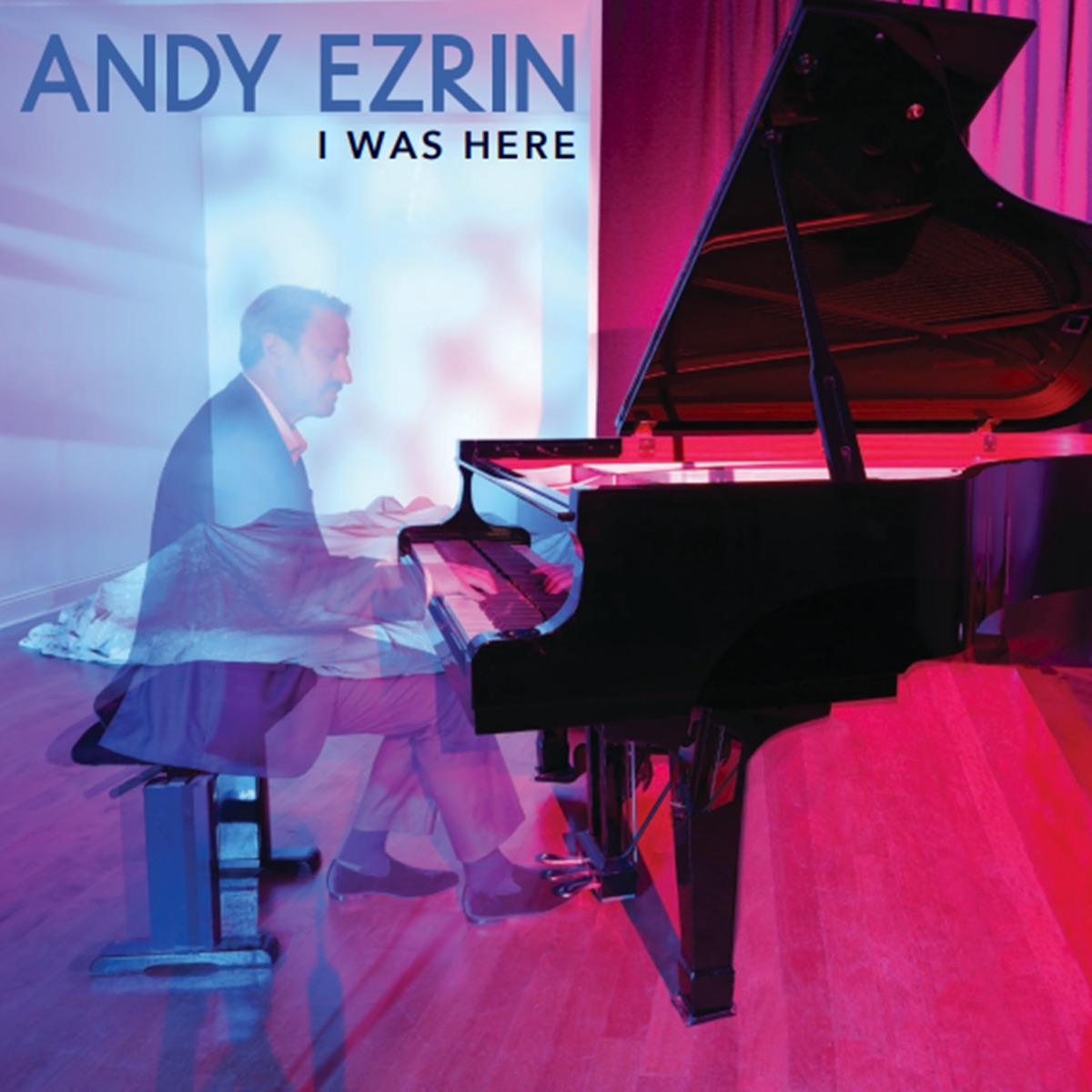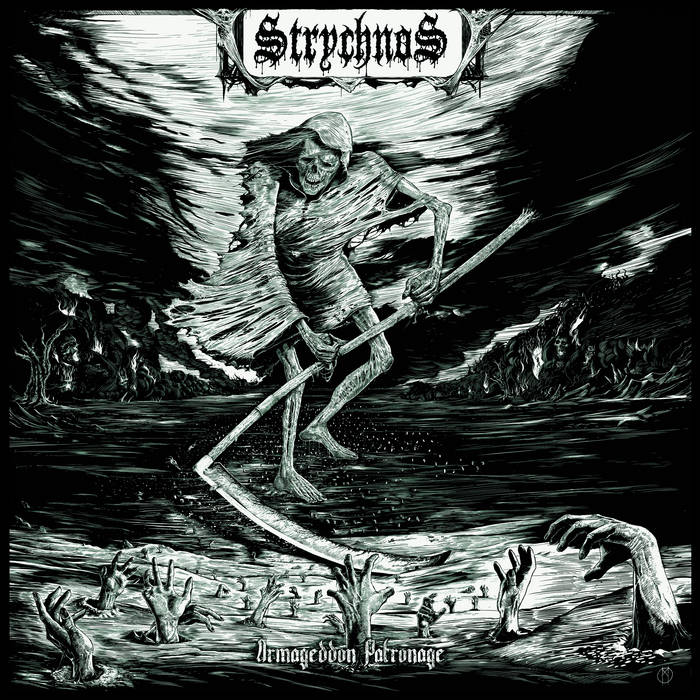“Symptoms of Survival” is the second full-length album from the Portland, Oregon based metalcore band, Dying Wish. It was released on Nov 3, 2023.
Dying Wish is composed of Emma Boster (vocals), Sam Reynolds (guitar), Pedro Carrillo (guitar), Jon Mackey (bass), and Jeff Yambra (drums).
One would think it would be difficult to top their heavily praised debut, “Fragments of a Bitter Memory,” but Dying Wish continued to push boundaries in terms of sound and create another unforgettable album. By putting their own twist on inspiration from early 2000s classic metalcore, they keep evolving their own unique sound. It’s nostalgic, yet fresh and new. You can hear the passion and love for metal behind this group.
On this album, Boster showcases her seemingly effortless vocal talent, both clean and harsh. Yambra on the drums is a standout in this album for me. The snare, the cymbals, all of it…is heavy. Lyrically, the album is dark and poetic. The lyricism of Dying Wish keeps improving with every EP and album they release.
The album circles around the theme of suffering, and how to cope with such trauma. In an interview with Kerrang!, Boster discusses the album and states, “Here, while there is all this suffering, there is hope.” This album is very vulnerable, but also relatable to many.
This is a no-skip album for me. Here are my top three tracks:
“Watch My Promise Die”
The first 15 seconds of this song will immediately hook you into the album. The drums in the beginning will make you wanna get up and dance, really. While the entire album has insane breakdowns, the one you find at the end of this song is my personal favorite. This song is about fear and self-sabotage. Being the second track, it opens up the theme of suffering.
“Kiss of Judas”
This song is full of anger. This track discusses what it is like to deal with suffering in terms of a more societal standpoint. My favorite element of this song has to be the insane riffs. I think this track encapsulates all strengths of Dying Wish as a whole.
“Lost In The Fall”
This is an example of a perfect album-closer, in my opinion. Boster adds clean vocals to this track, which adds melodic elements to an otherwise brutal song, flowing together effortlessly. This is Boster’s strongest song in regards to clean vocals. Lyrically, it also has to be my favorite. It appears to be about letting go of someone or something that is bad for you, making it a beautiful closer in regards to the theme of the album.
Dying Wish continues the path on becoming one of the greatest. While just on their second full-length album, the future is bright for this band. I highly recommend “Symptoms of Survival” to anyone in need of a solid metalcore record.

